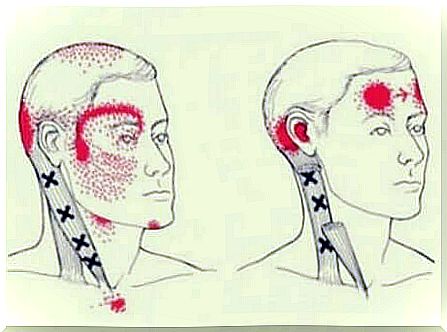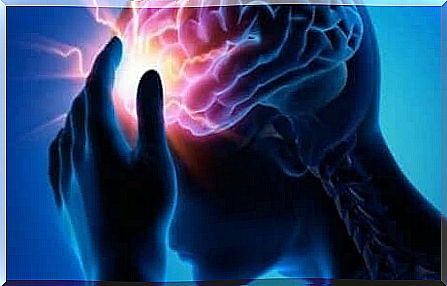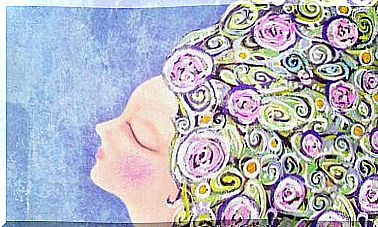Cervicogenic Headache, Common In Women

Pain in one side of the head or around the eye, stiff neck, nausea, sensitivity to light… Cervicogenic headache is the third most common type of headache and affects mainly women. Until a few decades ago underestimated, nowadays it is seriously considered for an important reason: in many cases it becomes chronic.
As many know, headaches are often relegated to a state of social invisibility, even skepticism. Can headaches be a reason for absence from work? This is what some might think. Doctors, however, are well aware that tension and cervicogenic headaches have a huge impact on social and personal life.
A study conducted by the laboratories of AstraZeneca and Ferrer International reveals that only 12% of people suffering from headaches are absent from work, on average three days a year; however, the quality of life of those facing chronic pain is drastically affected.
For this reason, it is important to give the right visibility to the problem. We’ve all had a migraine attack or heard of it, but cervicogenic headache isn’t as well known. This is not just a simple neck pain or a normal headache.

Cervicogenic headache: symptoms and causes
The study conducted by O’Mullony I, Lafuente A, Pareja JA (2005) reminds us that this syndrome is increasingly recognized by the scientific community.
Cervicogenic headache was first described in 1993 by Ottar Sjaastad. Only a few years ago, however, the International Headache Society (IHS) identified the criteria for diagnosing the third most common type of headache.
What are the symptoms?
A first important fact is that it mainly affects women. This is explained by its link with osteoarthritis, the most common form of arthritis characterized by progressive wear of the joints; alteration much more frequent in women. Let’s see the main characteristics of this type of headache:
- Continuous pain on one side of the face which may extend to one eye or both.
- Stiffness in the neck.
- Pain when coughing or sneezing.
- Dizziness and exacerbation of pain when making any movement.
- Sensitivity to light.
- Vomiting and digestive disorders.
Cause of cervicogenic headache
It typically has more than one trigger and causes. As anticipated, one of these is osteoarthritis (of the C2 and C3 vertebrae). It is a condition that can certainly become chronic.
It is therefore advisable for the patient to find an approach to pain that is appropriate and able to offer a minimum quality of life. The causes that can underlie this condition are:
- Poor posture that overloads the joints or soft tissues.
- Some works oblige us to carry out the so-called cervical protraction. It is a posture for which we do not take care of the head-back axis and project the chin too far forward. This causes a series of overloads which, if continued over time, cause cervicogenic headache.
- Trauma caused by chiropractic, whiplash or neuropathic injury.

Treatment of cervicogenic headache
It is very important to receive an accurate diagnosis. Many people believe they are simply suffering from headaches. In other cases, the primary care physician generically prescribes an anti-inflammatory drug to treat neck pain.
Instead, it is preferable to resort to an approach in which different therapies concur, always on the basis of the triggering cause. The study conducted at Akershus University Hospital, University of Oslo, recommends the following strategies:
- Exercises for the spinal-cervical tract. The patient is taught some light exercises that help to calm pain and improve mobility.
- Physiotherapy : massages and advice from a specialized professional improve the quality of life.
- Breathing and relaxation techniques.
- Use of a cervical pillow that allows you to respect the back-neck-head axis during sleep.
- Non-steroidal anti-inflammatory drugs (NSAIDs) are the most used in these cases.
- Learn to control your posture at any time of the day.

Finally, in the most serious cases, there is the possibility of undergoing spinal surgery ; for example, in case of compression of a nerve. These are very specific cases in which the possibility of intervention must be carefully evaluated.
It is worth noting that in most cases these therapeutic approaches can improve the quality of life.









